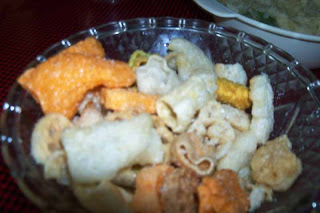Bangladesh has a great tradition of hospitality. And ,in a nation whose economy is still agrarian based, that hospitality it is still most lavish in the villages that cover the farmlands of the country.
Driving, recently, to visit some prospective sites of historic interest, when I explained where I wanted to go to my driver, he shyly told me that we would pass near his home, and would I visit his family?
Would I?! Such visits, usually accompanied by much, near royal treatment that one just has to get over, are always fascinating. We planned to small diversion into the travel.
Beside a narrow country road, stood a range of thick, traditional, mud walled single storey buildings around a family compound. Jakfruit trees, coconut palms and some others shaded pumpkin gardens where grew the vegetables from with bathroom loofahs are made, and the flesh of which is a superb vegetable.
Hens and chicks flustered around the packed earth of the compound, and a on a fire pit stood a large cauldron being used, not as I thought, to prepare our lunch, but to boil rice husks as a means of collecting rice.
The tranquillity was a simply remarkable contrast to Dhaka, and if the view didn’t quite measure up to that from my own front garden, of river, sea, islands and mountains, at home in UK, it was one of fields and trees as far as the eye could see. Rice, jade green, grew everywhere in view, though the drying tresses of water soaked Jute revealed a wider agricultural base of existence.
The lunch, predictably, whilst moderating the chilli content for my benefit, was the traditional Bangladeshi rice and curry; two types of rice, with vegetable side dishes of Morning Glory and a kind of spinach, finely chopped. Vegetarian food is the heritage of this largely agrarian nation, but both grilled river fish, and beef, the more recent additions to the tradition, were on the table too.
I know of no restaurant, either here, or in the so called Indian restaurant tradition at home ( where most are actually run by Bangladeshis, and most of those from Sylhet!), who can serve food of such delicacy and flavour.
That my driver’s mother was a superb cook was unquestionable, but then , so are so many of the housewives of rural Bangladesh.
Mother’s readiness to meet me and be present at the meal told me of greater ‘modernity’, or less tradition, in the household, and the continuing presence of aunts , sisters and children added to the warmth of the hospitality.
The experience gave me an idea for the catering on the River Cruiser we are launching next summer to cruise the riverine splendours of Bangladesh in the comfort of clean, modern accommodation, a/c, and with attached h/c bathrooms, a complete innovation in this, the waterland of the world.
We shall see if we can assemble a network of such local culinary excellence to board the boat and serve evening meal at our overnight halts!
Then, there are the rice snacks of which Mother is such a mistress! I winder if she could be persuaded...
Hospitality is, truly, one of the greatest attractions of this country, which if you simply took notice of international media, you would assume to be constantly disaster hit and teeming with the poor, the disadvantaged victims of extreme natural disasters.
A lunch, in the country, to remember with relish!

















